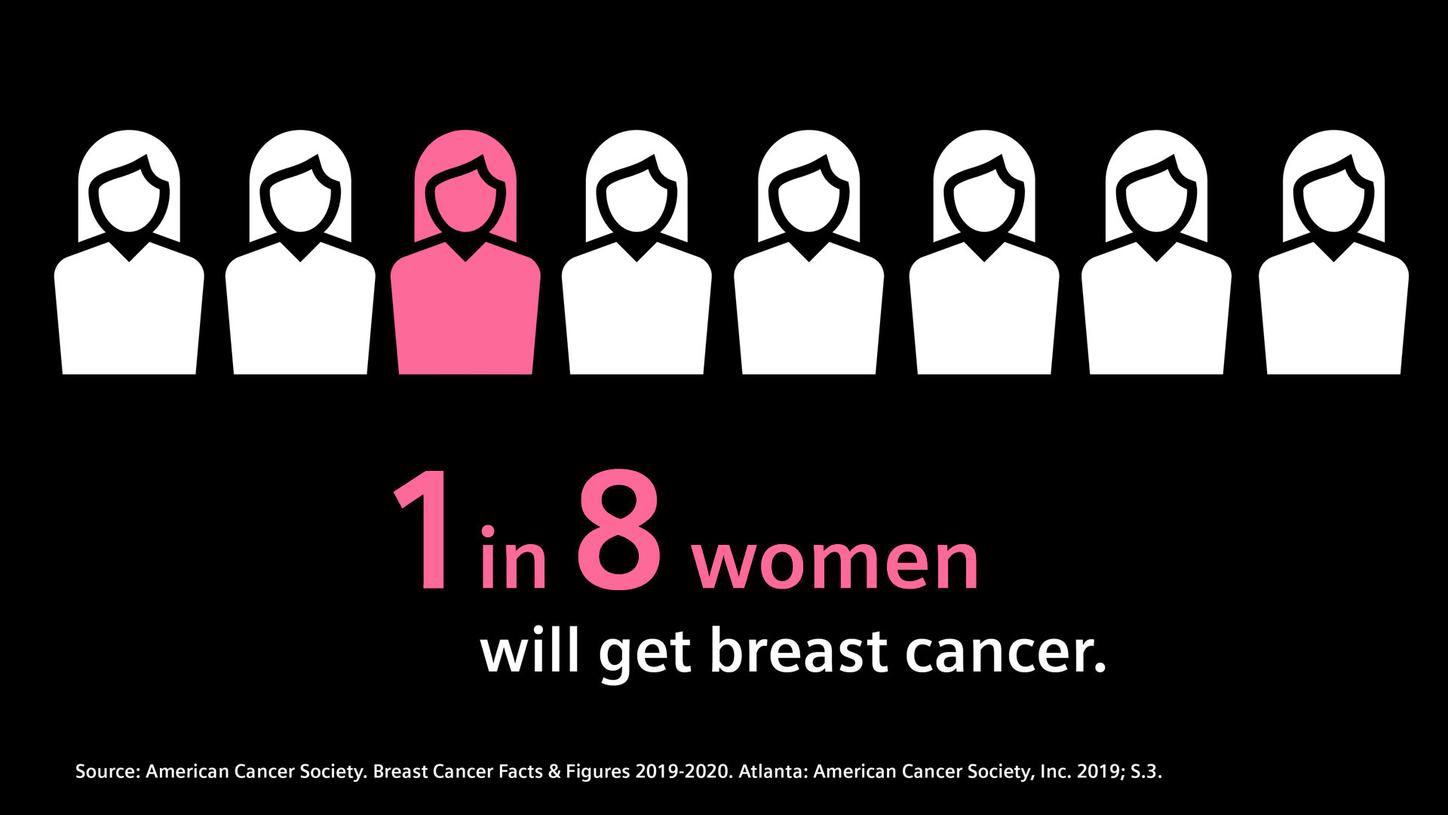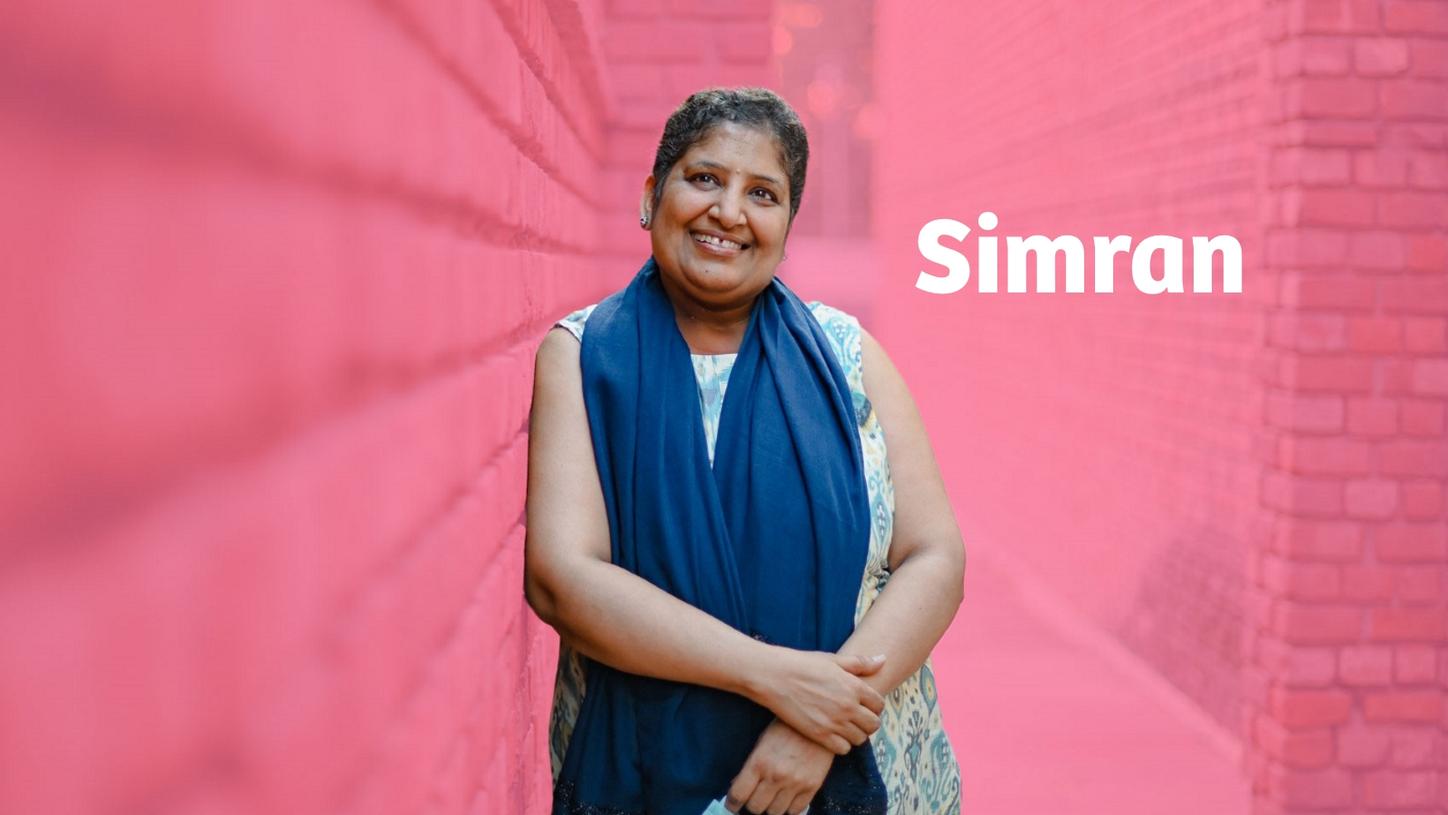
A breast cancer patient is rarely fighting alone
Early detection
As is the case with many types of cancer, there is little that can be done to avoid the occurrence of breast cancer. But whether due to fear of the result, reservations about what the unfamiliar examination might feel like, or simply due to procrastination, many women don’t make use of the early detection screenings available. This is problematic because time is the most important factor when it comes to early detection.
On average, 1 in 8 women develop breast cancer over the course of their lives. The rule of thumb is that the sooner the disease is detected, the lower the number and intensity of procedures, the better the chances of recovery and the sooner the patient will be able to return to a normal life.
Observations from Europe and Canada show that the mortality rate for women participating in screening programs has reduced by over 40 percent in industrial nations [2].







Individual treatment
Optimal outcomes for breast cancer depend on a timely diagnosis followed by an organized, multidisciplinary approach to individual treatment. Following the first pioneers on the field of breast cancer, Siemens Healthineers has remained committed to fighting this disease. Beginning with its first mammography system in 1972, further key developments such as tomosynthesis but also breast MRI and dedicated ultrasound solutions have helped us to offer ways to find cancer earlier and move toward personalized care.
With the goal of supporting clinical decision-making throughout the entire care pathway, our portfolio includes imaging technology to attain the highest level of accuracy for screening, but also for diagnostics, disease characterization, and treatment. Emerging digital technologies complement and enhance these offerings, empowering decisions and making care more precise and efficient.

Contouring of organs at risk, including cardiac structures, lung lobes and breasts ensure consistently high standards in radiotherapy.


How to stay strong
How long will I have to undergo radiation treatment? Is radiation treatment painful or uncomfortable? Will I be alone in the treatment room? As a cancer patient, you have a lot of questions and uncertainty can arise if answers keep you waiting.
Only if we build up knowledge, can we be confident in dealing with the disease.

[1] WHO EMRO | Breast Cancer Awareness Month 2021 | Campaigns | Les maladies non transmissibles
[2] American Cancer society. Breast Cancer Facts& Figures 2019-2020. Atlanta: American Cancer Society, Inc. 2019; S.20.
The statements by customers of Siemens Healthineers described herein are based on results that were achieved in the customer’s unique setting. Since there is no “typical” hospital and many variables exist (e.g., hospital size, case mix, level of IT adoption) there can be no guarantee that other customers will achieve the same results.
Clinical speakers receive financial support from Siemens Healthineers for collaborations.












